The Power of Pankration: The Ultimate Ancient Greek Martial Art
Pankration is an ancient Greek martial art that merges boxing, kicking, and wrestling. The martial art was established at the Olympic Games in 648 BCE, and it remained a defining element of Greek culture and warfare. Today, its legacy is visible in the techniques used by modern MMA fighters, who incorporate boxing and wrestling into their fighting styles. Some even claim that pankration is the foundation of mixed martial arts. Join us as we uncover the history, techniques, and long-lasting effects of pankration with this in-depth guide.
The Birth of Pankration: A Blend of Martial Arts
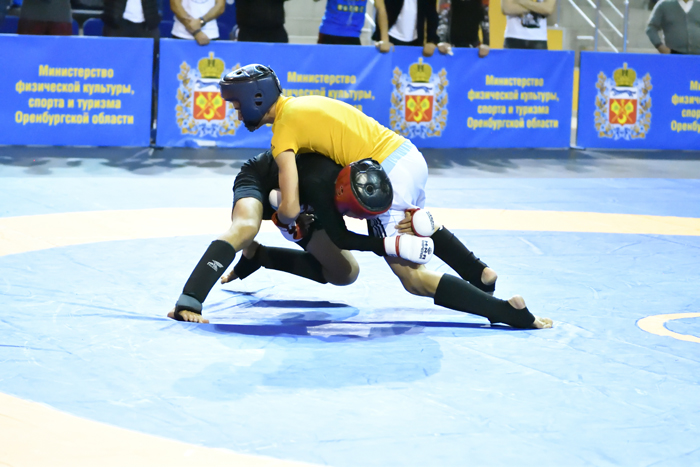
Greek mythology credits the ancient heroes Heracles and Theseus with the invention of Pankration. Legendary stories tell tales of how these mythical figures used a combination of boxing and wrestling techniques in their battles, which eventually gave birth to Pankration. The term ‘Pankration’ itself is a testament to the comprehensive nature of the martial art. Pankration comes from the Greek words ‘pan’, meaning all, and ‘kratos’, meaning strength or power.
Although Pankration seems innovative for historic civilizations, the ancient Greeks were often credited for their inventions, and they were practicing both boxing and wrestling before they began blending the fighting styles. Pankration is a unique mix of boxing, kicking, and wrestling. Historical sources reveal techniques, mostly boxing and wrestling, to be the foundation of the martial art. It was a type of freestyle fighting that allowed fighters to blend multiple techniques, which even included chocks on the ground and joint locks.
Notable Pankratiasts, such as the celebrated Arrichion, Theagenes, and Polydamas, are often rendered as mythological figures with divine ancestry. These fighters were key cultural icons who understood martial arts’s importance in both ancient athletic competitions and military training for warriors like the famed Spartans.
Today, modern pankration continues this legacy, showcasing the evolution of this ancient discipline through the skills of those who practiced pankration and the modern pankration fighter, including the techniques of upper pankration.
Pankration in the Ancient Olympic Games
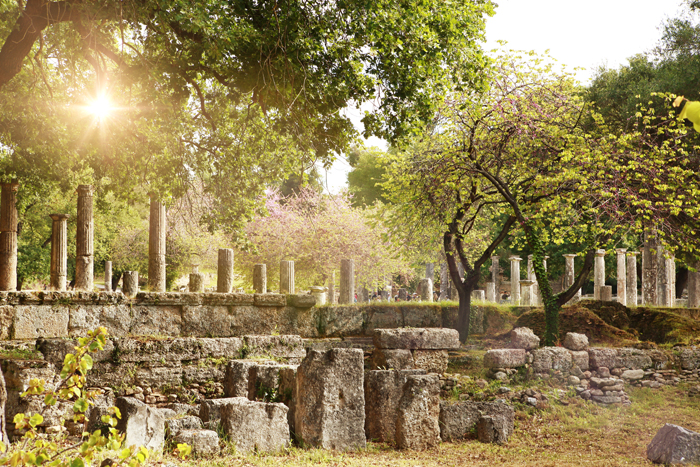
The 33rd Olympic Games, held in 648 BCE, saw the introduction of pankration as a sporting event, marking the beginning of the pankration competition. Its appeal was undeniable, drawing vast numbers of spectators and quickly becoming the most popular event.
Victorious Pankratiasts were held in high esteem, as they mastered a sport that encompassed both boxing and wrestling elements. The appeal of pankration, an enduring Olympic mainstay, signifies its lasting impact and importance in Greece over the centuries.
The Rules and Regulations
Although popular, pankration was governed by a minimal set of rules. Eye-gouging and biting were the only explicitly banned tactics. Headbutts and groin-striking techniques were common because of this minimal rule set. This would allow fighters to have a brutal and bloody fight, as minimal rules meant almost anything went. Winning by any means possible became the go-to choice for pankration fighters.
The sport’s notorious brutality, coupled with a cultural tolerance for violence, often resulted in severe injuries during matches. Fighters would fight until one of them finally submitted. The signal for a submission involved a fighter holding up their finger. This meant that the fighter was submitting, and at that point, the fight would be over.
The Ultimate Fighters of Pankration
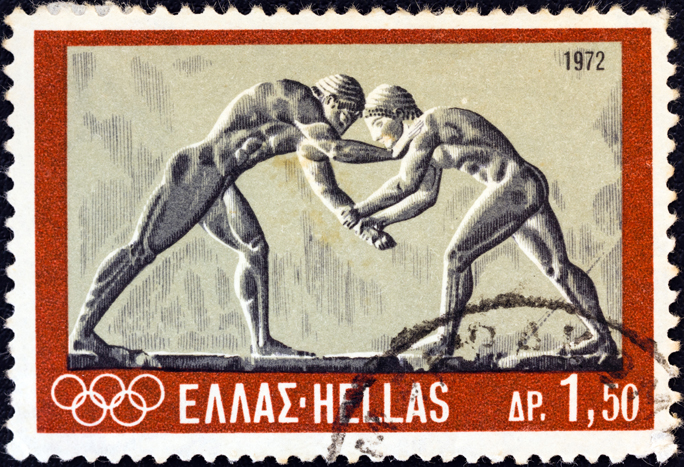
Just as modern mixed martial arts like boxing and wrestling have their legends, Pankration does too. Pankration gained such popularity in ancient Greece thanks to these legendary fighters. Evidence of their battles in the Olympic arena gained them respect and legendary status. Among them, Arrichion was the most decorated.
The Legend of Arrichion: Pankration’s Ultimate Champion
Arrichion of Phigaleia became the most legendary Pankratiast. He became known as a figure of tenacity and unparalleled skill. The tale of Arrichion is one of legendary proportions, as he valiantly clinched victory at the 52nd and 53rd Olympiads. The most iconic moment of his career came during his final match in the 54th Olympiad, when, even in the throes of death, he managed to defeat his opponent. Locked in a lethal chokehold by his adversary, Arrichion, with a surge of sheer willpower and determination, broke his ankle through a joint lock, forcing him to signal submission.
Tragically, Arrichion passed away from the choke, yet was posthumously crowned the victor. This was a victory that ingrained his legacy with the warrior spirit of Pankration. The story of Arrichion is one that reminds us of the fierce competitiveness and high stakes that defined the ancient history of Pankration.
Legendary Pankratiasts and Their Achievements
Arrichion, while great and legendary, was not the only Pankriatiast to achieve incredible victories. Other Pankratiasts, such as Theagenes of Thasos and Polydamas of Skotoussa, were often celebrated within Greek culture.
Dioxippus was another Olympic victor, hailed for his exceptional strength and skill in pankration. Pankration was a sport that was highly respected within Greek culture, and the fighters were seen as heroes. These athletes were not only masters of the sport but also held in high regard as cultural icons, and their legacies were etched into the history of ancient Greece.
Techniques and Strategies of Pankration
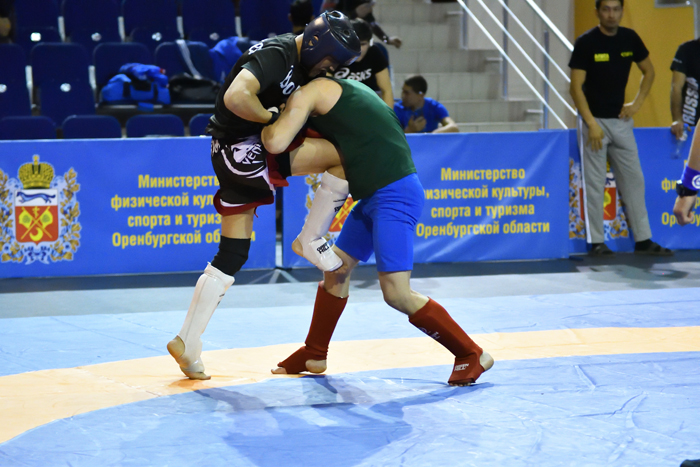
Pankration blended sophisticated techniques from both boxing and wrestling, with some kicking elements too. It was divided into two main components: ano pankration for the standing aspects of the fight, including a combination of strikes, trips, and throws, and kato pankration focusing on ground combat aimed at gaining submission through strikes, joint manipulation, and strangles.
To gain an advantage, pankratiasts utilized a variety of pankration techniques, including kicks, punches, grappling maneuvers, arm locks, chokeholds, and other submissions, as well as takedown strategies.
The Pankratiast’s Stance
The unique stance of a Pankratiast was a blend between the frontal orientation of a wrestler and the sideways stance of a boxer. The left side was slightly more advanced than the right, allowing for effective striking and defense. This stance, combined with the high positioning of the hands, provided defense against low-level kicks while enabling powerful strikes.
Adapting to Opponents
Mastering the art of strategy adaptation, Pankratiasts often switched between boxing and wrestling tactics to outwit their opponents. They knew various submission holds and takedown techniques, enabling them to counter a diverse range of fighting styles. Their training was multifaceted, enabling fighters to develop a broad set of skills necessary for both planned and reactive strategy shifts in their unique fighting style.
Skilled pankratiasts would study their opponents’ past matches to identify tendencies and vulnerabilities that could be exploited, making real-time strategic and technical adjustments in the midst of a match.
Pankration was so adaptable that many view it as the original form of freestyle fighting, as it allows Pankriatasts to utilize almost any technique. Much like sambo, or mixed martial arts, does today, but with even fewer rules.
Training and Preparation for Pankration
To master this martial art, ancient Greek Pankratiasts underwent intensive training. Their training regimens were extensive and aimed at enhancing various attributes, such as:
strength
speed
stamina
endurance
A typical day in the life of a Pankratiast might include a variety of training, such as running to build stamina, followed by calisthenics to improve general physical conditioning. Strength training was also a critical component, often involving lifting heavy stones or other forms of resistance training to build muscle and power.
Technical skills were honed through constant practice of strikes, kicks, and various grappling techniques. Pankratiasts would spar with partners to simulate real combat situations, learning to anticipate and react to their opponents’ movements. They also practiced fighting in different terrains and conditions to adapt to any scenario they might face during competition. Both boxing and wrestling were already established martial arts at the time, and practice in both of these disciplines was crucial for the Pankratiasts.
Pankration’s Influence on Modern Combat Sports
The clear influence of Pankration is evident in modern mixed martial arts (MMA), illustrating its lasting legacy. Pankration employs a variety of techniques, including:
punches
kicks
wrestling
submissions under minimal rules
This is very similar to the multi-disciplinary approach of modern MMA. The broad concept of combining different martial arts into a single combat sport has its roots in ancient practices such as Greek pankration. It is widely believed that Pankration was the original MMA but did not gain as much traction with the international community as other fighting styles have.
Pankration in Military and Warfare
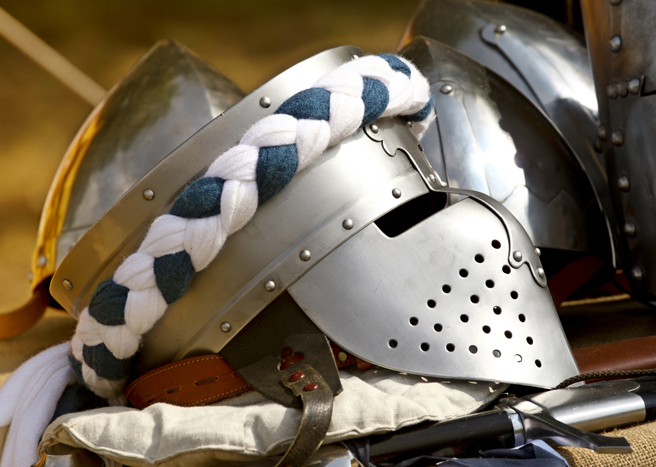
Beyond being a sport or spectacle, pankration was an integral part of the disciplined and skilled military instruction of Greek hoplites. The Spartans were Greek soldiers renowned for their military might, which placed special emphasis on pankration during their training.
Even Alexander the Great saw the value in Pankration, incorporating it into his army’s training and enhancing the combat effectiveness of his famed Macedonian Phalanxes. Pankration techniques were seen as the ultimate style of fighting within Greek society, and even the military sought to integrate them as much as possible.
The Cultural Significance of Pankration
In ancient Greece, the practice of ancient Greek pankration held profound cultural significance. It was not merely a sport; it was a part of Greek mythology. The creation of Pankration was attributed to the hero Theseus, who supposedly devised the sport to defeat the Minotaur. Tales like this show the cultural aspect of Pankration in Greek culture.
Pankratiasts themselves were celebrated figures in mythology and were often thought to be of divine descent. For instance, Theagenes of Thasos was thought to be the son of the god Heracles. The legendary tales of Polydamas of Skotoussa, an Olympic Pankration champion, became a symbol of superhuman strength and heroism.
Summary
Pankration was more than a martial art or a sport; it was the embodiment of Greek culture, mythology, and ultimate strength and power within ancient Greek society. Its influence is clearly present today, echoing in modern combat sports. Pankration was a testament to the physical strength, strategic acumen, and indomitable spirit of the ancient Greeks, a legacy that continues to inspire athletes and warriors across the globe.
Frequently Asked Questions
Who is credited with the invention of Pankration?
Heracles and Theseus are credited with the invention of Pankration, according to Greek mythology.
What were the two main components of Pankration?
The two main components of Pankration were Anō Pankration for the standing aspects of the fight and Katō Pankration for the ground combat.
What was the stance adopted by Pankratiasts?
Pankratiasts adopted a nearly frontal stance, a compromise between the more frontally-oriented wrestler’s stance and the more sideways boxer’s stance. This allowed them to be versatile in their movements and strategies.
How did pankration influence modern combat sports?
Pankration’s multi-disciplinary approach and minimal rules have clearly influenced the development of modern mixed martial arts (MMA).
How was pankration used in military training?
Pankration was an essential component of military training for Greek hoplites and was particularly emphasized in Spartan training, with Alexander the Great also incorporating it into his army’s training.









